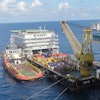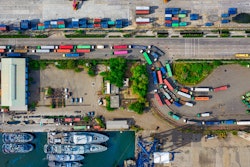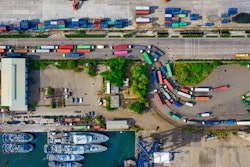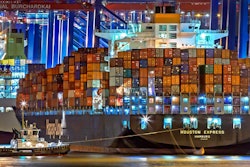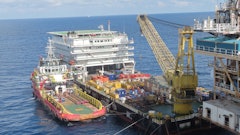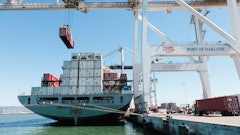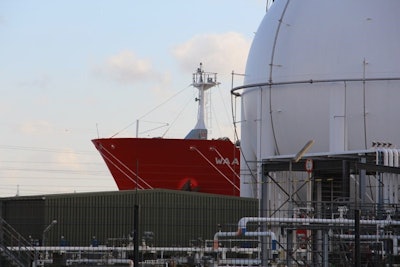
Results from the World Ports Sustainability Program’s second COVID19 Port Economic Impact Barometer show the Coronavirus disease (COVID-19) crisis has 35% of ports reporting an increase in utilization of warehousing and distribution facilities in the last week for foodstuffs and medical supplies, whilst other ports report both over- and under-utilization of their storage facilities, depending on cargo type.
“This time, 90 ports around the world have responded, with Africa, South America and the Caribbean being better represented than in the first survey. The total mix of ports participating has changed somewhat in terms of composition, so a week-by-week comparison should take this into account,” says Patrick Verhoeven, managing director of the International Association of Ports and Harbors (IAPH). “We are pleased the report has attracted interest from around the world, with three regional port associations assisting us in getting more ports on board with their anonymous answers to six simple questions.”
A mixed picture – over-utilization in some ports with under-utilization in others
Nearly 35% of ports report an increase in utilization of warehousing and distribution facilities for foodstuffs and medical supplies, with some ports reporting capacity shortages. Last week, these figures were slightly different with more ports reporting a major increase in utilization levels (10% then vs. 2% this week) and with less ports reporting a minor under-utilization (10% then vs. 5% this week). The situation for consumer goods has almost remained the same, although there is an increase in the share of ports dealing with major increases in utilization or facing capacity shortages (11% now vs. 8% last week). In the dry and liquid bulk markets, almost two thirds of the respondents see no changes in utilization levels. The remaining ports are fairly evenly distributed between under-utilization and increased utilization of storage facilities.
Several ports report an increase in port and terminal utilization due to an increase in the imports of essential goods, such as grains (rice, wheat). Stockpiling practices of importers have also emerged and as a result a major increase in capacity utilization for these deliverables is not uncommon. Other ports reported strategic storage of liquid bulks by traders in anticipation of future commodity price developments. The most critical situation recorded is for the automotive industry. As dealers fail to collect their new cars (due to a collapse in sale), overcrowding of relevant storage areas near some quaysides has been reported.
On the other end of the spectrum, conventional cargo storage has dipped significantly, a phenomenon which has been reported before the COVID-19 outbreak. In addition, where strategic storage is not taking place, ports have reported dips in liquid bulk cargo, especially for imported fuels and power generation-related products. This has been either due to low consumer demand (e.g. petrol for cars) or due to a lack of industrial production and mild climate. Similarly, ports report less or no vessels carrying cement and sand in bulk as per usual volumes for the year due to the halt in construction works.
“In the coming weeks, we foresee major changes taking place in cargo flows as we begin to see the impact of blank sailings, especially in the container shipping sector on the main Asia-Europe and Transpacific trades,” says professor Theo Notteboom of WPSP co-author of the report. “This will cascade into other trade lanes as well, so its vitally important for us to view the overall impact on port calls, operations, restrictions, port staffing, hinterland transportation and storage as well as future prospects for international trade to and from ports.”
“Vessel calls, utilization of warehousing and distribution factories, and connections to hinterland have been affected in many different ways. Workforce practices and procedures have changed. The growing interest of ports has allowed to further detail the exact trend, and we are looking forward to report the conditions of many more in the next edition of the barometer," adds professor Thanos Pallis.

